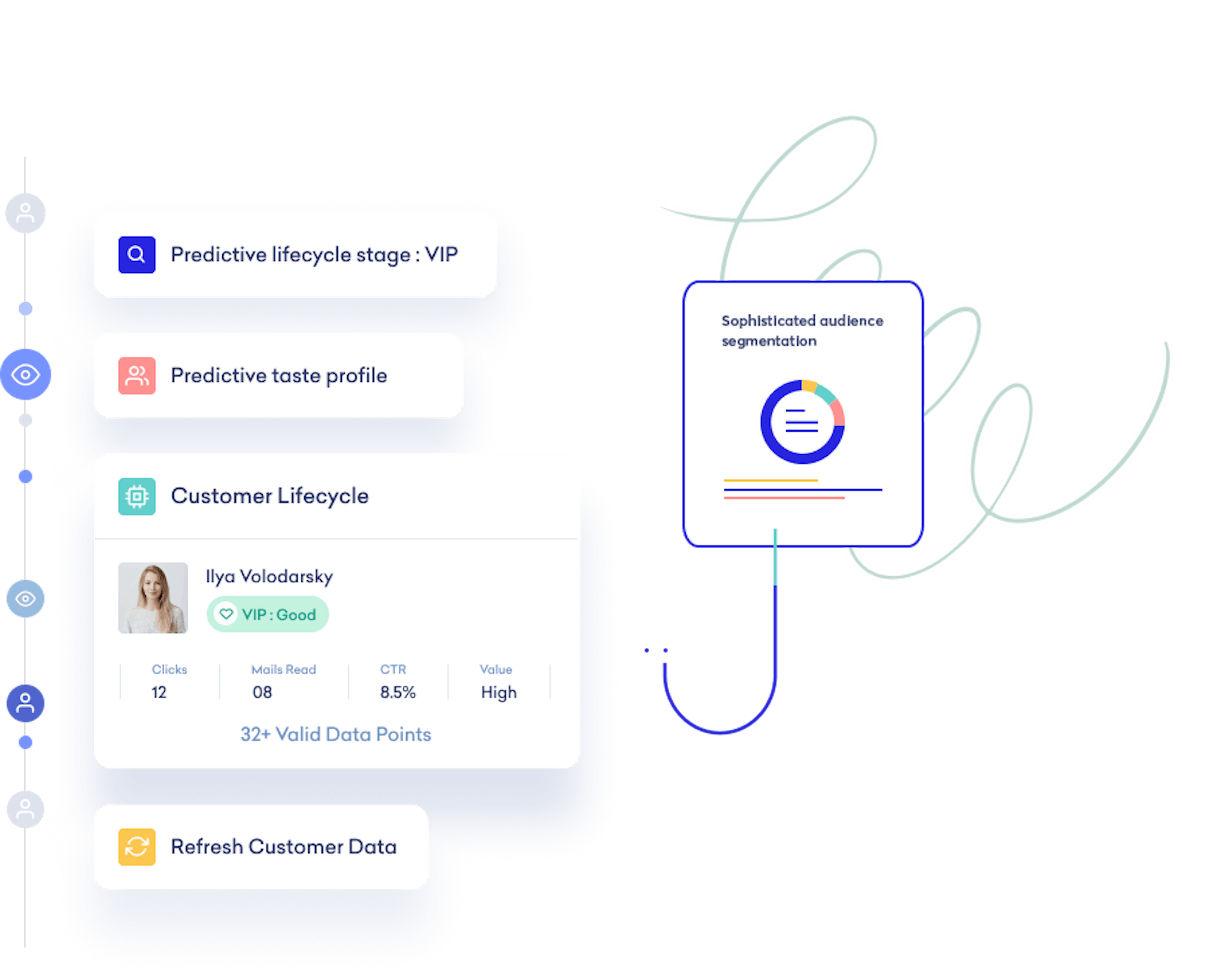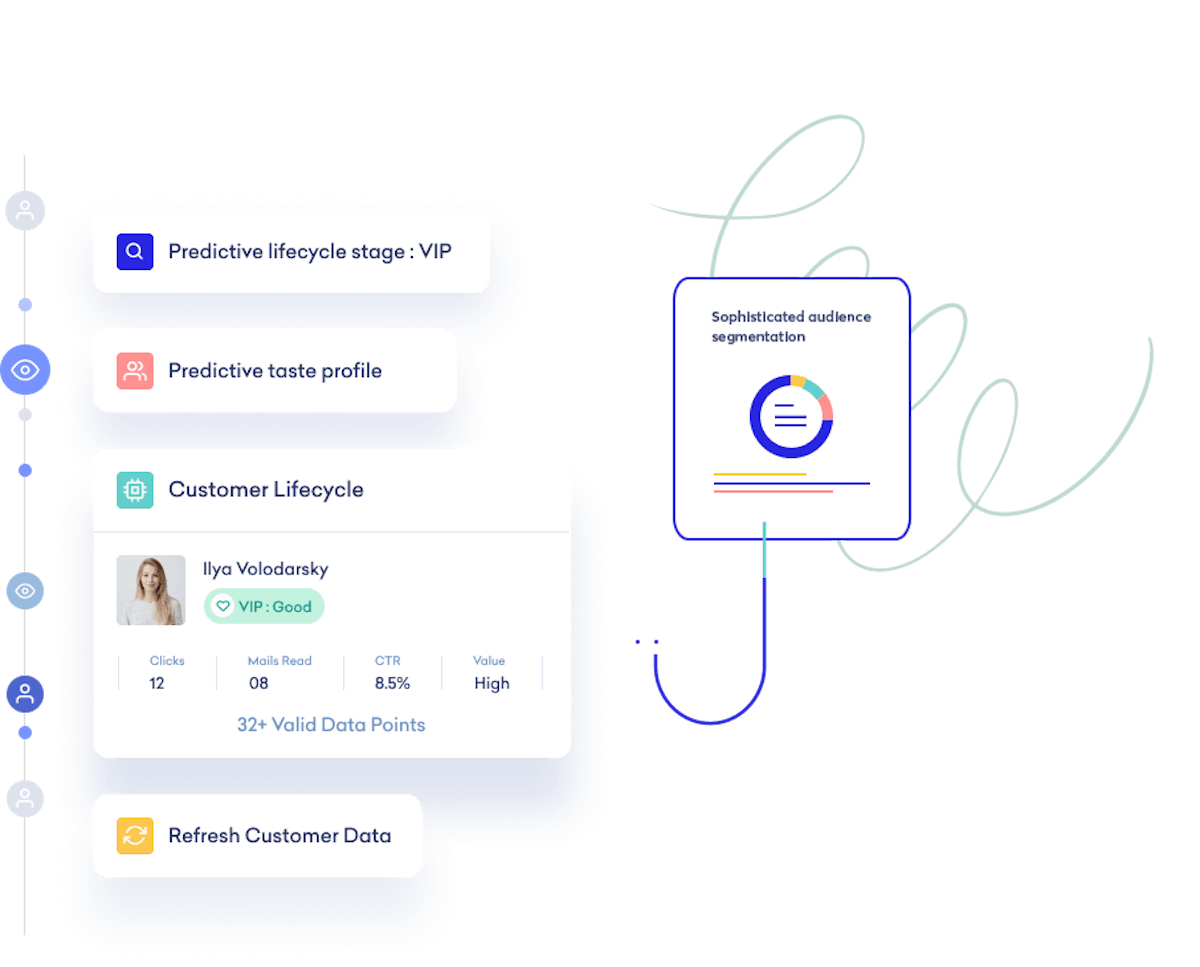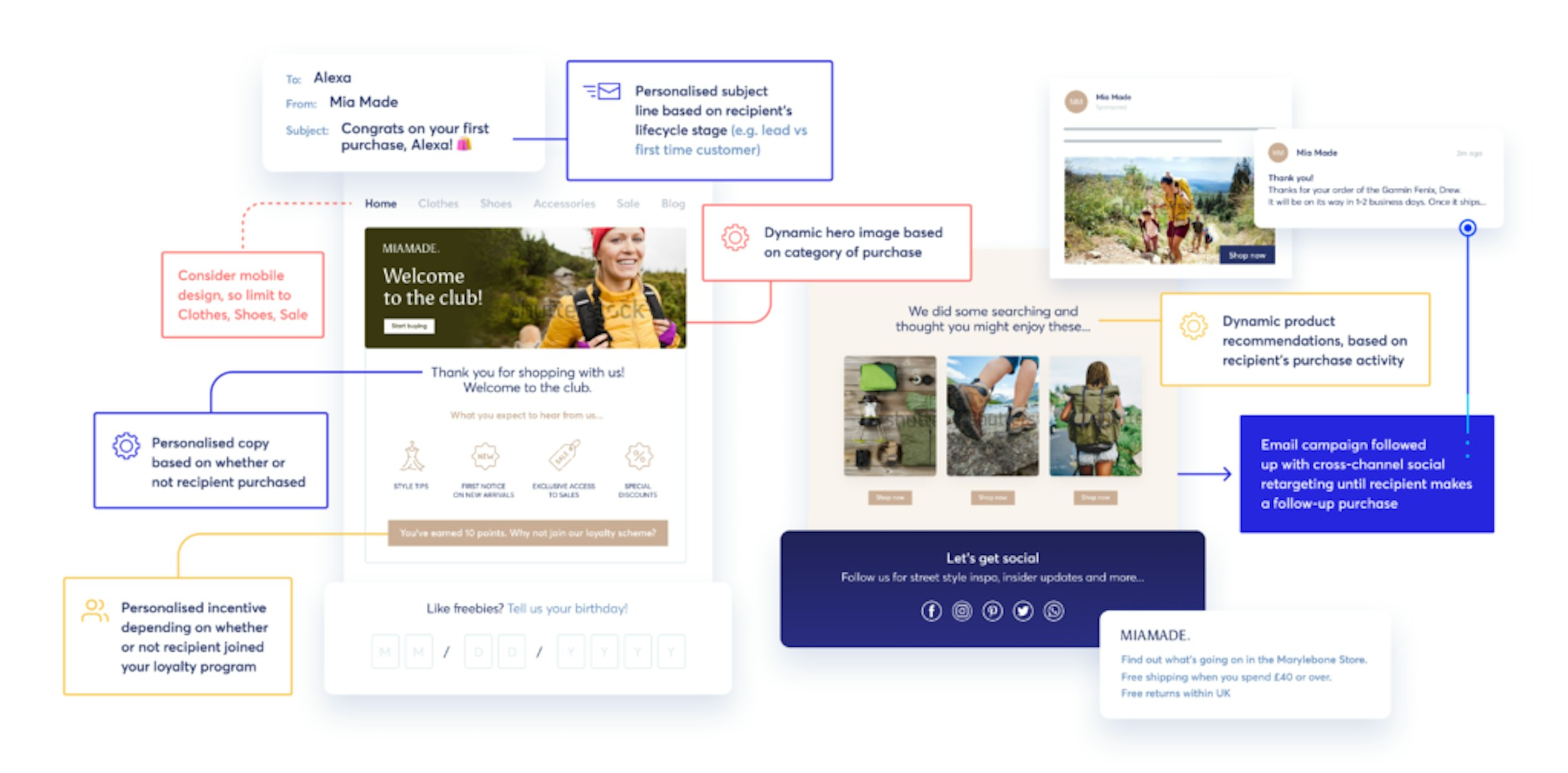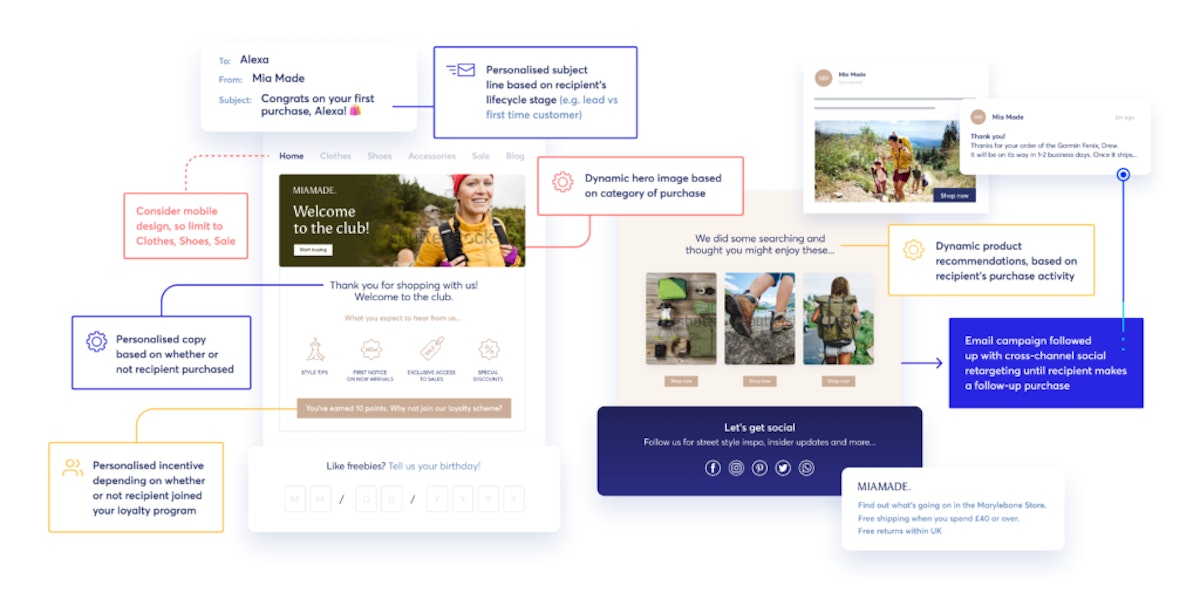The rise of omnichannel
Retailers offering omnichannel experiences within the last few years used to have a competitive advantage. They were seen as cutting-edge. But now, haphazard efforts to join up the online and offline customer journey with multiple technologies and multiple approaches can quickly destroy value for brands following suit.
When the opportunity cost of not delivering omnichannel experiences sits at 10% in lost revenue, brands today are finding that poor-quality omnichannel experiences are directly impacting their bottom line.
Why omnichannel?
Believe it or not ‘the omnichannel experience’ is more than just a marketing buzz phrase. Ometria data found that customers who shopped both in-store and online had an increase in order frequency of 140% vs customers who only shopped online. Their lifetime value was also 49% higher.
But when 35% of marketers are citing poor quality data as a barrier to effective targeting, retailers need to be able to trust the data they’re integrating as an essential starting point.
With 84% of consumers believing retailers should be doing more to integrate their online and offline channels, it’s clear that the omnichannel experience is reflecting a true consumer need. If the key to a joined-up customer experience starts with well-integrated data, customer insights must be housed in one place to avoid touchpoint inconsistencies.
How can retailers join up their in-store and online customer journeys?
Integrating data from sources such as a POS, customer service providers, loyalty apps and review platforms will help in-store teams to automatically pass data to a centralised hub (or CDP). The ability to do this though, can only be led by technology with a fluid and open API.
In addition, modern marketers wanting not only seamless journeys for their customers but efficient ways of executing, has meant that many tech-savvy retailers are now selecting CDPs that sit within an experience platform.
When a CDP is separate from marketing execution platforms, real-time data can be heavily impacted. As a result, retailers risk delivering fragmented customer experiences to their customers which ultimately leave buyers feeling misunderstood. Luckily, there is a solution that springboards intricate customer data into customer marketing.






